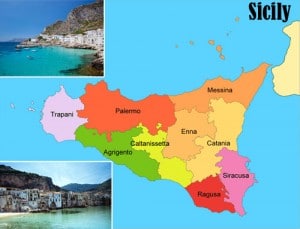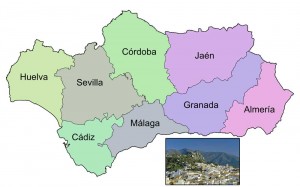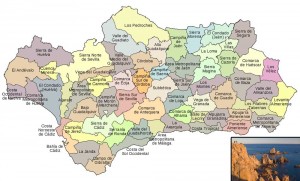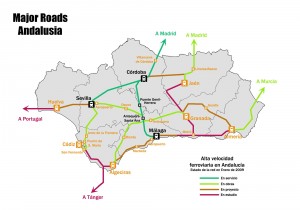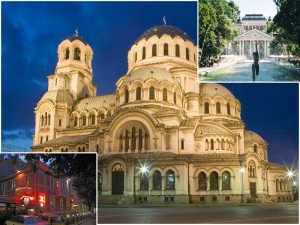 Who coined the name Dublin in reference to the capital of Ireland? There numerous explanations that have been offered but none has been able to reveal the person that chose to call this city Dublin, as it is known today. Some people claim that the name Dublin was a derivative from two Irish words Dubh Linn which when translated mean “black pool”. A drive through history reveals that Dublin has undergone a series of evolution which resulted from the various occupants that infiltrated into this city. When you travel to Dublin, you will discover that the city is divided into the Northside and Southside by River Liffey. The other feature that will immediately hit your site is a low mountain range which has flat farmland adjacent to it. A visitor who is new to the people and culture of the two sides of Dublin might not discover the cultural and class differences that have been created by this river.
Who coined the name Dublin in reference to the capital of Ireland? There numerous explanations that have been offered but none has been able to reveal the person that chose to call this city Dublin, as it is known today. Some people claim that the name Dublin was a derivative from two Irish words Dubh Linn which when translated mean “black pool”. A drive through history reveals that Dublin has undergone a series of evolution which resulted from the various occupants that infiltrated into this city. When you travel to Dublin, you will discover that the city is divided into the Northside and Southside by River Liffey. The other feature that will immediately hit your site is a low mountain range which has flat farmland adjacent to it. A visitor who is new to the people and culture of the two sides of Dublin might not discover the cultural and class differences that have been created by this river.
Nevertheless, this should not concern you unless you have come to Dublin to specifically study its people and their culture. Some people have made Dublin their frequent tourist destination every year because it not only has cool summers but also mild winters. You might not experience temperature extremes which are typical of other cities. The other thing that you will discover is that Dublin experiences uniform rainfall distribution throughout the years. Although it has punctuations of the wettest months and driest months of the year, tourists have chosen to make accurate timings of their favorite season. An interval of snow that occurs sometimes has not affected people who would love to tour and explore Dublin as infinitely as possible. Some of them have been so determined to brace any change in weather until they finish their holidays.
Dublin is unique in terms of its structure, organization, culture and attractions. These are features that make it distinct and one of people’s most favorite tourist destinations. It has various places of interest such as:
- The statue of Jim Larkin
- The Spire of Dublin
- The Dublin Castle
- The Molly Malone statue
- Books of Kells
- The Ha’penny Bridge
- The Anna Livia monument
- The Mansion House
- Christ Church Cathedral
- Molly Malone statue
- Mount Joy Square
- St Patrick’s Cathedral
- The Poolbeg Towers
- St Francis Xavier Church
All these are vital buildings and structures with exceptional architectural designs. Most visitors come with their cameras in order to ensure that every memorable experience is captured as clearly and accurately as possible.
Studies indicate that Dublin has the greenest parks in Europe and are well worth your while to explore them and enjoy their beauty and elegance. The most popular parks are:
- St Stephen’s Green
- The phoenix Park
- Herbert Park
- St Anne’s Park
These parks are well maintained and some them are walled and with tree-lined avenues. Besides, they are fully covered to ensure that residents and visitors can spend their holidays in a serene, clean and relaxing atmosphere.
If you want to travel within and without Dublin, you need not worry because Dublin has a well developed transport system that ranges from road, rail to air transport. In case you find cycling suitable for you, you can still do so without any restriction or coercion. The city’s road network comprises the M50 motorway which links vital primary routes with other parts of the country. This makes it possible for any visitor on tour to reach his/her destination without interruption or inconvenience. This motorway is also supplemented by the M1 motorway and the inner orbital route. There are over 150 bus routes that access every part of the city as well as its suburbs and fares are based on the distance covered
Though some people consider rail transport slower, it can also serve you well in Dublin. Remember that to travel on the train, issues to do with traffic jam can not arise and this implies that you can very easily predict when you expect to arrive at your chosen destination. You will be expected to operate between Connolly Stations and Heuston stations, the major railway stations in Dublin. Dublin Airport serves people within as well as out of Dublin and it is the busiest airport in Ireland. It offers a wide range of services such as domestic services top other airports in Ireland. The long haul services, on the other hand, are offered to countries such as Canada, Middle East and the United States
A number of visitors might feel that their tour and holidays can not be complete without taking a ride on their bikes. Dublin is well aware that this category of people exists and Dublinbikes for this purpose. These are unisex bicycles whose use is based on a self-service bicycle rental scheme.

 Stockholm is Sweden’s largest and capital city. It is also considered to be one of Sweden’s most important cultural, economic, media and political centers and its strategic location makes it open to visitors from all over the world. In case you are looking for a city where you can spend all your holidays, you need to consider Stockholm. People across the globe are dreaming to have an experience of their life just to arrive in this town and tour every corner of it. Probably you have had a very busy schedule in your office or back home and you would like to get some fresh air and an opportunity to get your mind off your job and other responsibilities. Stockholm should be your next tourist destination.
Stockholm is Sweden’s largest and capital city. It is also considered to be one of Sweden’s most important cultural, economic, media and political centers and its strategic location makes it open to visitors from all over the world. In case you are looking for a city where you can spend all your holidays, you need to consider Stockholm. People across the globe are dreaming to have an experience of their life just to arrive in this town and tour every corner of it. Probably you have had a very busy schedule in your office or back home and you would like to get some fresh air and an opportunity to get your mind off your job and other responsibilities. Stockholm should be your next tourist destination. Virgin America is one of the many companies that are underneath Richard Branson’s Virgin Brand. It is not the same airline as Virgin Atlantic, although you can expect the same level of service as this. The law states that no more than 25% of an American Airline can be held by a foreign investor, therefore the Virgin group only holds at 25% share in the company. It’s current base is in San Francisco Airport, with only one focus city which is located at Los Angeles International Airport.
Virgin America is one of the many companies that are underneath Richard Branson’s Virgin Brand. It is not the same airline as Virgin Atlantic, although you can expect the same level of service as this. The law states that no more than 25% of an American Airline can be held by a foreign investor, therefore the Virgin group only holds at 25% share in the company. It’s current base is in San Francisco Airport, with only one focus city which is located at Los Angeles International Airport.
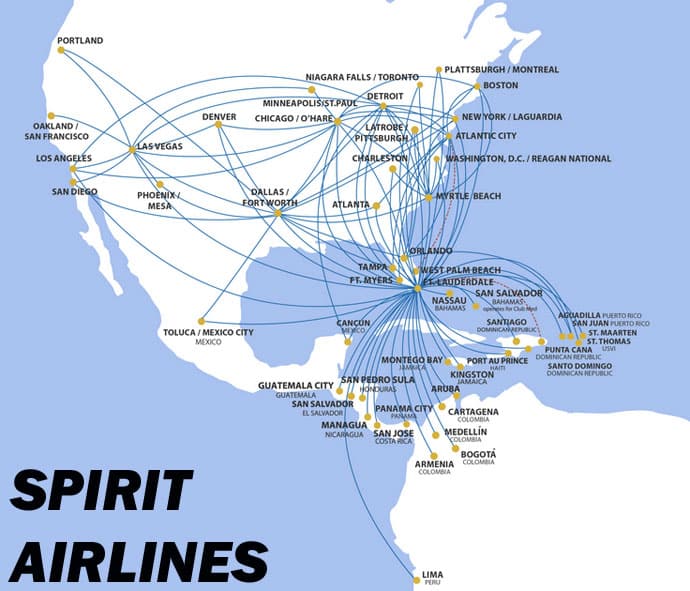
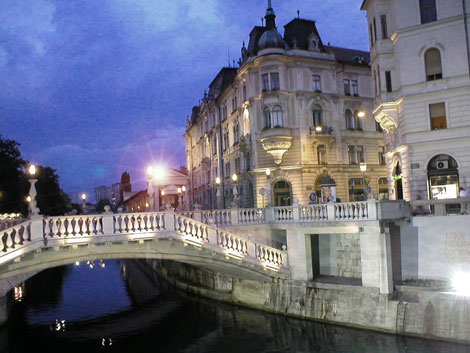 The beauty of Ljubljana in Slovenia is that it can be enjoyed at a fairly relaxed place. There are no large attractions trying to pull you in. Due to this many tourists seem to give this beautiful city a sip. Of course, you are smart and you know that Ljubljana can be a fantastic holiday destination. Let’s take a look at how we can get here, as well as what there is to see and do once in the city.
The beauty of Ljubljana in Slovenia is that it can be enjoyed at a fairly relaxed place. There are no large attractions trying to pull you in. Due to this many tourists seem to give this beautiful city a sip. Of course, you are smart and you know that Ljubljana can be a fantastic holiday destination. Let’s take a look at how we can get here, as well as what there is to see and do once in the city.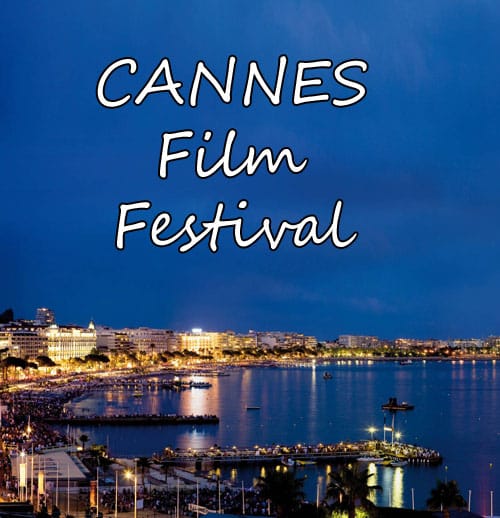
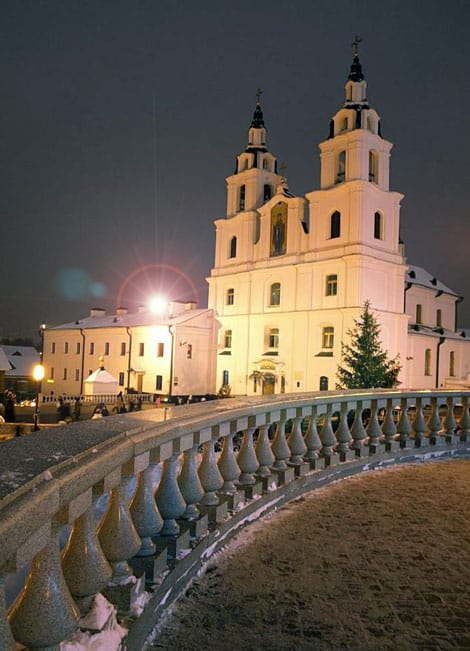 Containing admirable squares, enchanting gardens, spacious promenades and Soviet-era architecture, the capital of Belarus is one of the more traditional members of the Commonwealth of Independent States (CIS). In fact, those who experienced the former Soviet Union often say its norms strikingly bare resemblance to the USSR. When looking at a map of Minsk, its importance is amplified by being almost directly in the center of Belarus. This busy metropolitan is the largest city in all of the country.
Containing admirable squares, enchanting gardens, spacious promenades and Soviet-era architecture, the capital of Belarus is one of the more traditional members of the Commonwealth of Independent States (CIS). In fact, those who experienced the former Soviet Union often say its norms strikingly bare resemblance to the USSR. When looking at a map of Minsk, its importance is amplified by being almost directly in the center of Belarus. This busy metropolitan is the largest city in all of the country.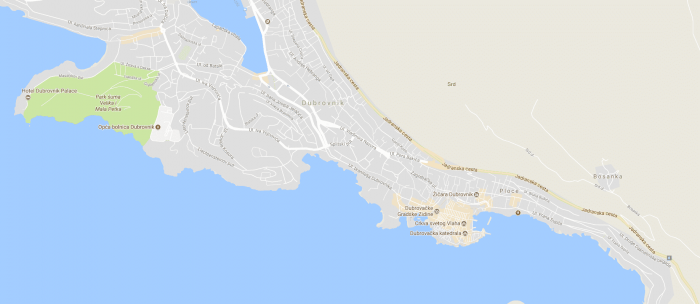
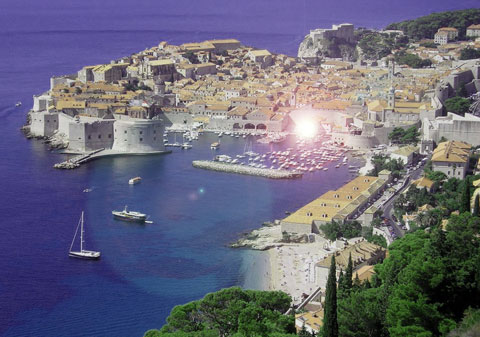 The deep blue of the Adriatic Sea seems to make the red-tiled roofs looking over it stand out from the pale masonry of the buildings and cliff-side even more. While the Citadel fortress rising high above the water and the surrounding medieval walls of this ancient city may seem imposing, this jewel in the Mediterranean known as Dubrovnik has long been a popular travel destination. When looking at a map of Dubrovnik, you can see why maritime trade has always been an integral part of commerce here. The sea defines this beautiful spot. Most likely founded by the ancient Greeks, it was a major seaport that rivaled Venice until Napoleon’s conquest of the city in 1809. War in the 1990’s damaged buildings in the city, but there has since been a resurgence of tourism and the city has been restored to its former splendor. The official name Dubrovnik was declared in 1918 but it has been known as that since the Middle Ages – although, the Italians refer to it as Ragusa.
The deep blue of the Adriatic Sea seems to make the red-tiled roofs looking over it stand out from the pale masonry of the buildings and cliff-side even more. While the Citadel fortress rising high above the water and the surrounding medieval walls of this ancient city may seem imposing, this jewel in the Mediterranean known as Dubrovnik has long been a popular travel destination. When looking at a map of Dubrovnik, you can see why maritime trade has always been an integral part of commerce here. The sea defines this beautiful spot. Most likely founded by the ancient Greeks, it was a major seaport that rivaled Venice until Napoleon’s conquest of the city in 1809. War in the 1990’s damaged buildings in the city, but there has since been a resurgence of tourism and the city has been restored to its former splendor. The official name Dubrovnik was declared in 1918 but it has been known as that since the Middle Ages – although, the Italians refer to it as Ragusa.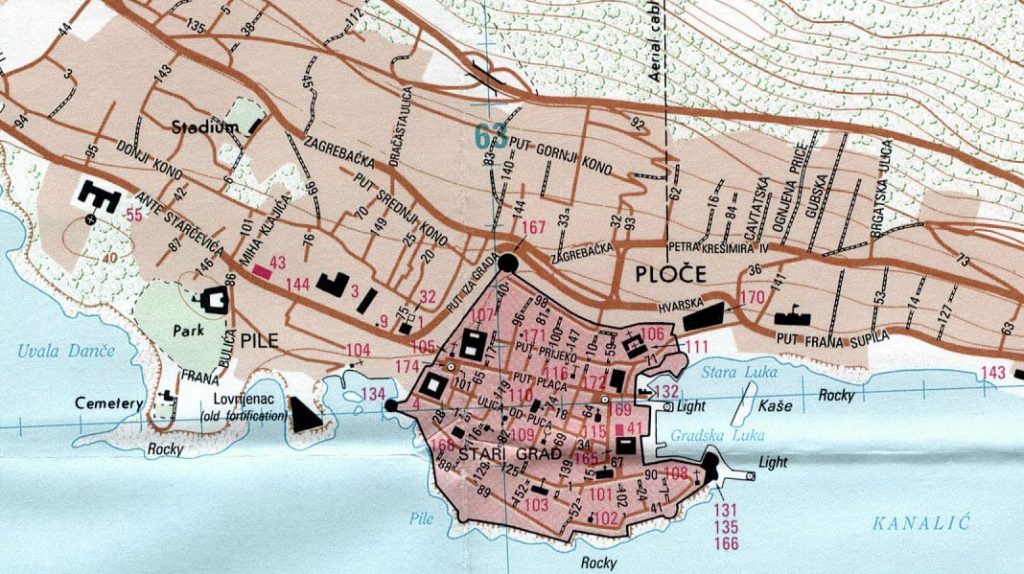
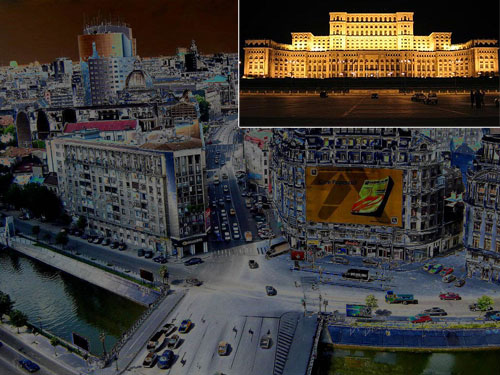 A popular legend in Romania has it that in olden days, a shepherd named Bucur (whose name translates to “Joy”) lived on the banks of the Dambovita River. He loved to play the flute for people and all loved the wine he produced. The surrounding area was supposedly named Bucharest in honor of him. Whether the tale is true or not, it is known that humans have been living at the site of the modern city since at least 500 BCE, and the first documentation of a city by the name of Bucharest dates to the middle of the 15th century. Bucharest, which is the largest city in the country of Romania in addition to being its capital, is today home to some 2.2 million people. It is a cosmopolitan and vibrant city which around the turn of the 20th century gained the nickname “Little Paris” for its architecture and lifestyle. The city is also known for its extensive collection of historical and heritage-filled buildings.
A popular legend in Romania has it that in olden days, a shepherd named Bucur (whose name translates to “Joy”) lived on the banks of the Dambovita River. He loved to play the flute for people and all loved the wine he produced. The surrounding area was supposedly named Bucharest in honor of him. Whether the tale is true or not, it is known that humans have been living at the site of the modern city since at least 500 BCE, and the first documentation of a city by the name of Bucharest dates to the middle of the 15th century. Bucharest, which is the largest city in the country of Romania in addition to being its capital, is today home to some 2.2 million people. It is a cosmopolitan and vibrant city which around the turn of the 20th century gained the nickname “Little Paris” for its architecture and lifestyle. The city is also known for its extensive collection of historical and heritage-filled buildings.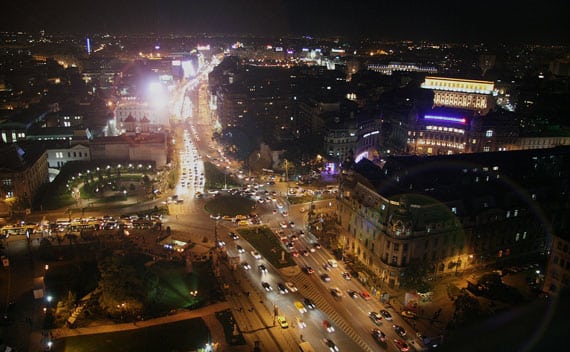 Bucharest is also known for the buildings that stand as a testament to the Communist legacy of Romania. Perhaps the most interesting of these is the building that is today the Parliament Palace. When it was constructed in the 1980s, the colossal building was called the People’s Palace, and held the Communist administration of Nicolae Ceausescu’s government. A guided tour of the huge building (second only to the Pentagon in terms of largest administrative buildings in the world) shows the halls, rooms and sleeping quarters used by the Senate. The other major reminder of the Communist past is the Civic Centre. Also constructed by Ceausescu, the Civic Centre is a sad reminder of the regime, as it was build on ground once covered in a section of the Old Historical Center of the city, which contained ancient religious buildings, ahospital and a sports stadium. The residents in the area were given only one day of notice before the entire section was leveled to build Stalinist apartment buildings.
Bucharest is also known for the buildings that stand as a testament to the Communist legacy of Romania. Perhaps the most interesting of these is the building that is today the Parliament Palace. When it was constructed in the 1980s, the colossal building was called the People’s Palace, and held the Communist administration of Nicolae Ceausescu’s government. A guided tour of the huge building (second only to the Pentagon in terms of largest administrative buildings in the world) shows the halls, rooms and sleeping quarters used by the Senate. The other major reminder of the Communist past is the Civic Centre. Also constructed by Ceausescu, the Civic Centre is a sad reminder of the regime, as it was build on ground once covered in a section of the Old Historical Center of the city, which contained ancient religious buildings, ahospital and a sports stadium. The residents in the area were given only one day of notice before the entire section was leveled to build Stalinist apartment buildings. Another castle is the Peles Castle, which is considered by many to be the most beautiful castle in Europe. It is a great example of German new-Renaissance architecture, with spires and gables aplenty. The Medieval town of Brasov is another destination not far from Bucharest. Set against the Southern Carpathian Mountains, Brasov is second only to Bucharest in terms of architectural and historical attractions. Another similar city is Targoviste, which is full of architecture to see. Nearby is the Poenari Fortress, which was Vlad Dracul’s castle in the Transylvania area.
Another castle is the Peles Castle, which is considered by many to be the most beautiful castle in Europe. It is a great example of German new-Renaissance architecture, with spires and gables aplenty. The Medieval town of Brasov is another destination not far from Bucharest. Set against the Southern Carpathian Mountains, Brasov is second only to Bucharest in terms of architectural and historical attractions. Another similar city is Targoviste, which is full of architecture to see. Nearby is the Poenari Fortress, which was Vlad Dracul’s castle in the Transylvania area.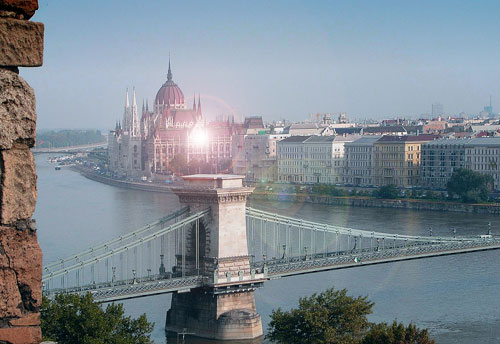 Are you ready for the delightfully interesting and culturally rich destination of Budapest Hungary? With nearly 2 million people calling this dynamic city home, it is situated right in central Hungary. Any good map of Budapest will clearly show that the famous Danube River divides the city, between Pest on one side and Buda on the other. Pest tends to be more flat, while Buda is more indicative of hills. The weather in Budapest is fairly mild with occasionally snowy conditions. The summers can get quite hot with even certain occasions where temperatures have broken the one hundred degree mark between June and August. However, the normal summer temperature is typically around the upper 70’s in Fahrenheit. Typical winter temperatures hover right around the mid 30’s. All and all the climate is very accommodating for travels and visitors to this uniquely interesting city. Keep you map of Budapest handy as you make your way around the city, as you will discover many hidden and interesting features of this city by the river.
Are you ready for the delightfully interesting and culturally rich destination of Budapest Hungary? With nearly 2 million people calling this dynamic city home, it is situated right in central Hungary. Any good map of Budapest will clearly show that the famous Danube River divides the city, between Pest on one side and Buda on the other. Pest tends to be more flat, while Buda is more indicative of hills. The weather in Budapest is fairly mild with occasionally snowy conditions. The summers can get quite hot with even certain occasions where temperatures have broken the one hundred degree mark between June and August. However, the normal summer temperature is typically around the upper 70’s in Fahrenheit. Typical winter temperatures hover right around the mid 30’s. All and all the climate is very accommodating for travels and visitors to this uniquely interesting city. Keep you map of Budapest handy as you make your way around the city, as you will discover many hidden and interesting features of this city by the river.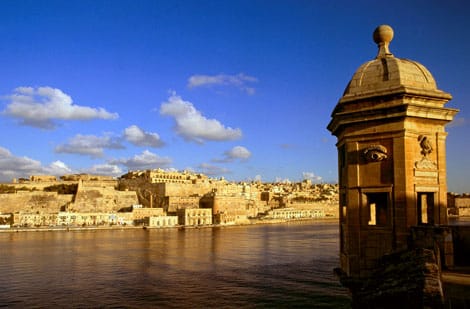 Remarkably rich with history and rugged physical beauty, the small island of Malta is truly considered one of the Mediterranean’s gems. With a past dating back to the Neolithic age and a location at the crossroads of the world, Malta, despite its size – has factored importantly into the tale of the ages, both in Europe and beyond. Having such a central location within the sea has given the island many cultural influences, both European and Arabian. However, over the centuries a distinct and charming Maltese culture has certainly emerged, and there is no better way to absorb this culture than by traveling to the Malta’s capital city, Valletta. Located on a picturesque harbor on the island’s eastern coast, Valletta, though small, is absolutely packed with some of the finest cuisine, sightseeing, and cultural opportunities in all of Europe. With a population of only 6,966, Valletta is amongst the smallest of Europe’s capitals. What the city lacks in size, however, it more than makes up in history.
Remarkably rich with history and rugged physical beauty, the small island of Malta is truly considered one of the Mediterranean’s gems. With a past dating back to the Neolithic age and a location at the crossroads of the world, Malta, despite its size – has factored importantly into the tale of the ages, both in Europe and beyond. Having such a central location within the sea has given the island many cultural influences, both European and Arabian. However, over the centuries a distinct and charming Maltese culture has certainly emerged, and there is no better way to absorb this culture than by traveling to the Malta’s capital city, Valletta. Located on a picturesque harbor on the island’s eastern coast, Valletta, though small, is absolutely packed with some of the finest cuisine, sightseeing, and cultural opportunities in all of Europe. With a population of only 6,966, Valletta is amongst the smallest of Europe’s capitals. What the city lacks in size, however, it more than makes up in history.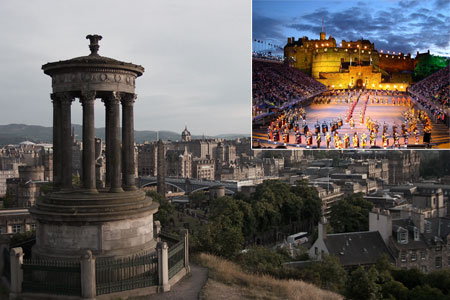 Scotland is widely considered to be a land of great history and culture- a land of gentle, rolling hills and ancient, imposing castles. The country is also an oft-visited tourist destination, with up to 5% of the nation’s GDP coming from the tourist industry. This popularity indicates that Scotland is an excellent place to travel to – and there is no better place in Scotland to visit than the city of Edinburgh (the second most popular city for travel in the United Kingdom!). Edinburgh is the capital city of Scotland and also the second largest, with more than 450,000 people living there today (second only to another well-kown city, Glasgow). The city and its surrounding areas hold many attractions for travellers of every sort- whether your interests are cultural, historical, or geographic (or if you just want to experience the night-life), Edinburgh’s rich history and interesting local culture will most certainly have something to offer you.
Scotland is widely considered to be a land of great history and culture- a land of gentle, rolling hills and ancient, imposing castles. The country is also an oft-visited tourist destination, with up to 5% of the nation’s GDP coming from the tourist industry. This popularity indicates that Scotland is an excellent place to travel to – and there is no better place in Scotland to visit than the city of Edinburgh (the second most popular city for travel in the United Kingdom!). Edinburgh is the capital city of Scotland and also the second largest, with more than 450,000 people living there today (second only to another well-kown city, Glasgow). The city and its surrounding areas hold many attractions for travellers of every sort- whether your interests are cultural, historical, or geographic (or if you just want to experience the night-life), Edinburgh’s rich history and interesting local culture will most certainly have something to offer you.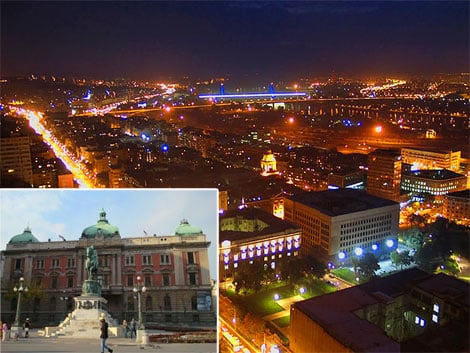 Belgrade is certainly no stranger to adversity. However, with the 21st century came a new era of freedom and prosperity for Belgrade and
Belgrade is certainly no stranger to adversity. However, with the 21st century came a new era of freedom and prosperity for Belgrade and  culture, which is most evident in the quaint and remarkably picturesque Bohemian quarter of Skadarlija, whose cafe and artist-lined streets have often been compared to similar districts in Paris and Prague. The entire neighbourhood is pedestrianized as well, only adding to the timeless quality of the winding, cobblestone streets.
culture, which is most evident in the quaint and remarkably picturesque Bohemian quarter of Skadarlija, whose cafe and artist-lined streets have often been compared to similar districts in Paris and Prague. The entire neighbourhood is pedestrianized as well, only adding to the timeless quality of the winding, cobblestone streets.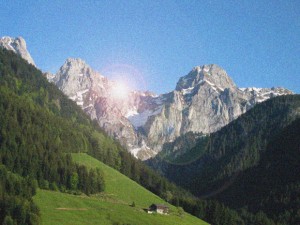
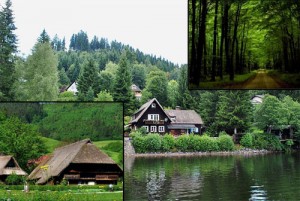
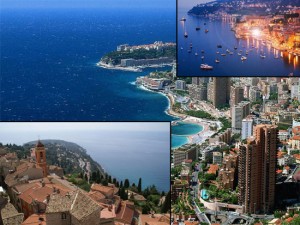
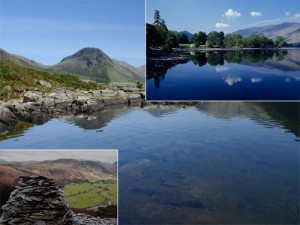
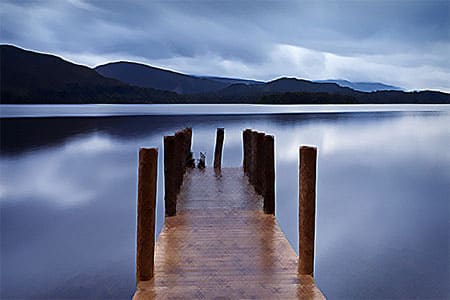 Lake District’s major town, Barrow-in-Furness. Three rail lines skirt the perimeter of the district, the West Coast Main Line, the Cumbrian Coast Line and the Windermere Branch Line. There are also narrow gauge railway links that connect tourists from the West coast with towns and hamlets within the Lake District and a small line, the Lakeside and Haverthwaite Railway that connects villages and tourists with a passenger ferry. For drivers, there is a vehicle-carrying ferry to take them across Lake Windermere and seasonal ferries on other lakes.
Lake District’s major town, Barrow-in-Furness. Three rail lines skirt the perimeter of the district, the West Coast Main Line, the Cumbrian Coast Line and the Windermere Branch Line. There are also narrow gauge railway links that connect tourists from the West coast with towns and hamlets within the Lake District and a small line, the Lakeside and Haverthwaite Railway that connects villages and tourists with a passenger ferry. For drivers, there is a vehicle-carrying ferry to take them across Lake Windermere and seasonal ferries on other lakes.